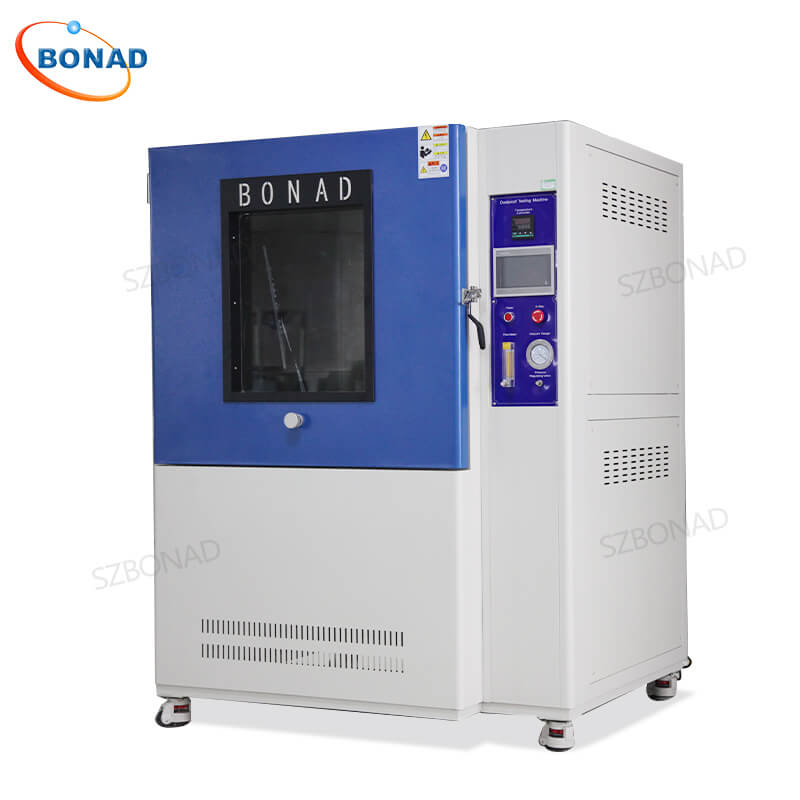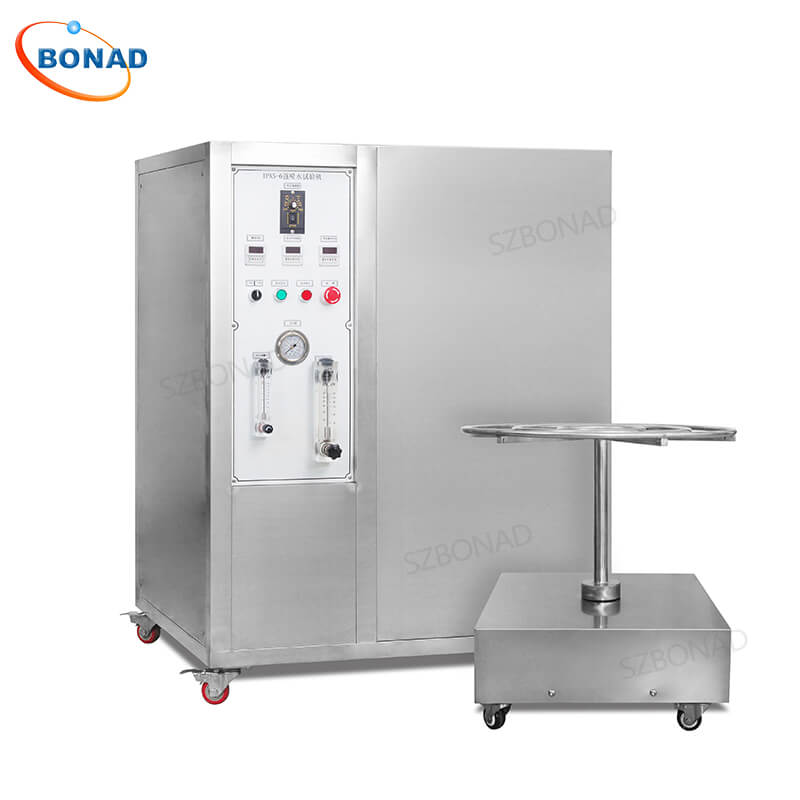Understanding the various methods of sand testing is critical for manufacturers and researchers across industries like automotive, aerospace, electronics, and construction. These tests assess how materials and products withstand harsh, sandy environments, preventing failures caused by abrasion, erosion, and particle infiltration. Sand and dust test chambers are the cornerstone of this process, enabling precise simulation of real-world conditions under controlled parameters. This guide explores the essential sand testing methods and the vital role of test chambers.
Why Sand Testing Matters
Sand exposure can severely damage products, leading to premature wear, malfunction, and safety risks. Sand testing is indispensable for:
- Ensuring Product Reliability: Verifying components can endure dusty/sandy operational environments (e.g., off-road vehicles, desert machinery).
- Improving Longevity: Identifying material weaknesses before market release to enhance product lifespan.
- Meeting Standards: Complying with international standards (e.g., IEC 60529 IP5X/IP6X, MIL-STD-810, ISO 20653) for dust ingress protection.
- Reducing Costs: Preventing costly recalls and warranty claims by catching issues early in development.
Sand and dust test chambers make this possible by meticulously controlling particle size, concentration, temperature, humidity, airflow, and exposure duration.

Key Methods of Sand Testing
Specialized sand and dust test chambers facilitate these primary testing techniques:
- The Blowing Sand Test:
- Purpose: Simulates wind-driven sand abrasion and impact.
- Method: Sand particles are propelled at high velocity (using compressed air or fans) onto the test specimen within the chamber.
- Chamber Controls: Wind speed, sand concentration, particle type/size, temperature, humidity, test duration.
- Applications: Vehicle body panels, windshields, aircraft exteriors, outdoor signage.
- The Falling Sand Test:
- Purpose: Evaluates resistance to abrasion and accumulation on horizontal surfaces.
- Method: Sand flows vertically onto the test surface from a specified height at a controlled rate inside the chamber.
- Chamber Controls: Sand flow rate, drop height, particle size, test duration.
- Applications: Solar panels, vehicle roofs/hoods, electronic enclosures, paint finishes.
- The Sand and Dust Ingress Test (Dust Proof Test):
- Purpose: Assesses the effectiveness of seals, gaskets, and enclosures in preventing particle infiltration.
- Method: The specimen is exposed to fine, suspended dust particles within the sealed chamber. Vibration or pressure differentials may be applied to challenge seals.
- Chamber Controls: Particle concentration, size distribution (often fine talcum powder), temperature, humidity, pressure, vibration (if applicable), exposure time (often cyclical).
- Applications: Electronics housings (IP ratings), connectors, sensors, military equipment, lighting fixtures.
Interpreting Results & Advanced Techniques
After exposure in the sand and dust test chamber, evaluation is crucial:
- Visual Inspection: Documenting surface abrasion, erosion, coating damage, and particle accumulation.
- Functional Testing: Checking operational performance (e.g., electrical function, moving parts) post-exposure.
- Material Analysis: Using techniques like SEM to examine microscopic surface changes.
Advanced sand testing methods leverage modern chambers for greater realism:
- Combined Environmental Testing: Integrating sand/dust exposure with temperature cycling, humidity, or UV/salt spray.
- Particle Analysis: Precisely controlling and monitoring particle size/composition to match specific environments (desert, coastal).
- Accelerated Aging: Simulating years of exposure in a condensed timeframe using cyclic chamber conditions to predict long-term durability.
Conclusion: Essential Tools for Durability
Sand testing methods – particularly the Blowing Sand, Falling Sand, and Ingress Tests conducted within sophisticated sand and dust test chambers – are fundamental for developing reliable, durable products. These tests provide invaluable data on material performance and sealing effectiveness under harsh particulate conditions. As product demands and environmental challenges grow, robust sand testing remains critical for quality assurance and innovation.


